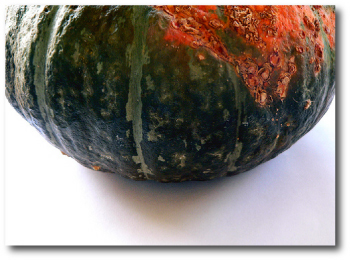
Image Source.
It was a brilliantly clear November afternoon today, and the fact that the Sun’s rays were diminished by 0.0026% mattered not one jot. Mercury was in transit.
I was fortunate to get a glimpse of the event through a telescope. It was about an hour before third contact, and Mercury was clearly visible as a tiny, perfectly round, perfectly black dot set against the pale yellow immensity of the solar disk. There was something about the simplicity of the situation that was quite striking.
Transits, with their odd cadences, link the timescales of human activity to the flow of astronomical time. The June 2004 transit of Venus, for example, took place on the day before the final exam for my introductory Astronomy class. In the weeks leading up to the exam, I would point to Venus shining in the early evening sky, and urge the students to study, “See how it’s getting noticeably lower in the Sky every night at sunset? You can use the angular distance between Venus and the Sun as a countdown clock to the final!” (At which point they’d roll their eyes.)
The next Venus transit is in 2012. The one prior to 2004 took place in 1882, when William Harkness wrote,
We are now on the eve of the second transit of a pair, after which there will be no other till the twenty-first century of our era has dawned upon the Earth, and the June flowers are blooming in 2004. When the last transit season occurred the intellectual world was awakening from the slumber of ages, and that wondrous scientific activity which has led to our present advanced knowledge was just beginning. What will be the state of science when the next transit season arrives, God only knows. Not even our children’s children will live to take part in the astronomy of that day. As for ourselves, we have to make do with the present.
Accurate weather predictions are good for no more than a few days, but transit predictions can be made a long time in advance. For example (according to the Wikipedia) simultaneuous transits of Mercury and Venus will occur in the years 69163 and 224508.
Motions in the inner solar system are nevertheless chaotic, though, with a Lyapunov timescale of order several million years. Our lack of absolutely precise knowledge regarding the positions of the planets at the present moment gradually exponentiates into much larger uncertainties. As a result, we can predict transits millions of years into the future, but we have no ability to predict when the transits of hundreds of millions of years from now will occur.
In fact, there’s even a (thankfully small) chance that the solar system will become dynamically unstable before the Sun swells into a red giant. This afternoon, Mercury seemed utterly insignificant and completely remote when pitched against the solar disk. In the final hours before a collision with the Earth, however, it would present an altogether different sort of impression.
